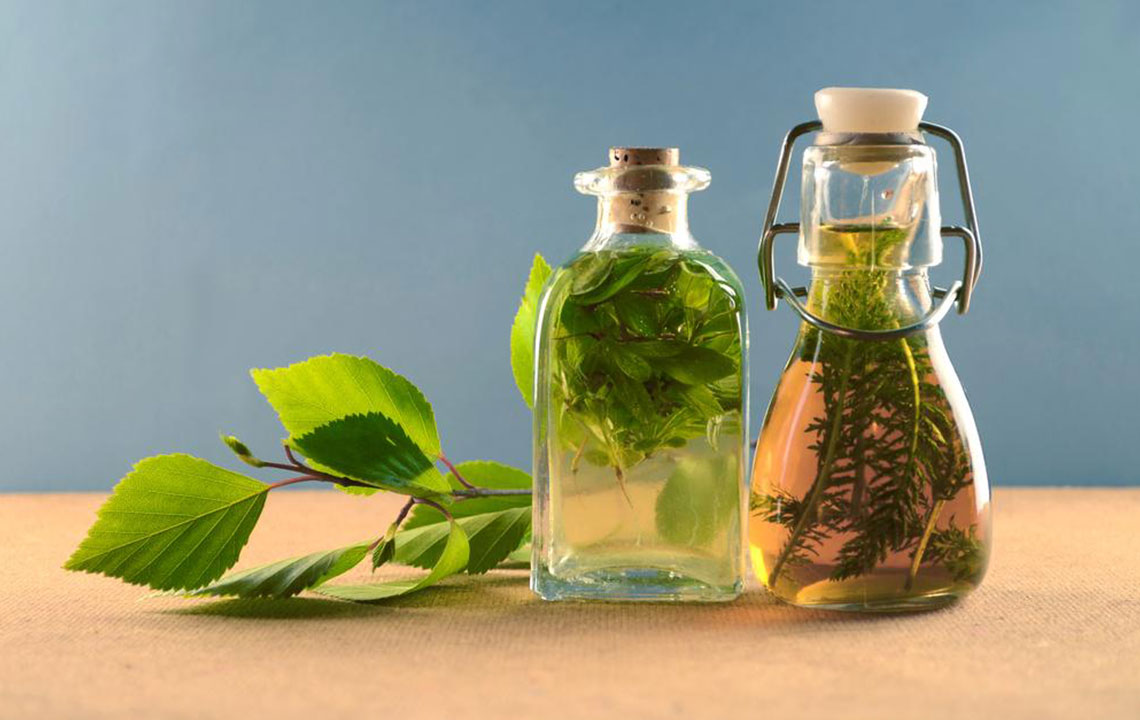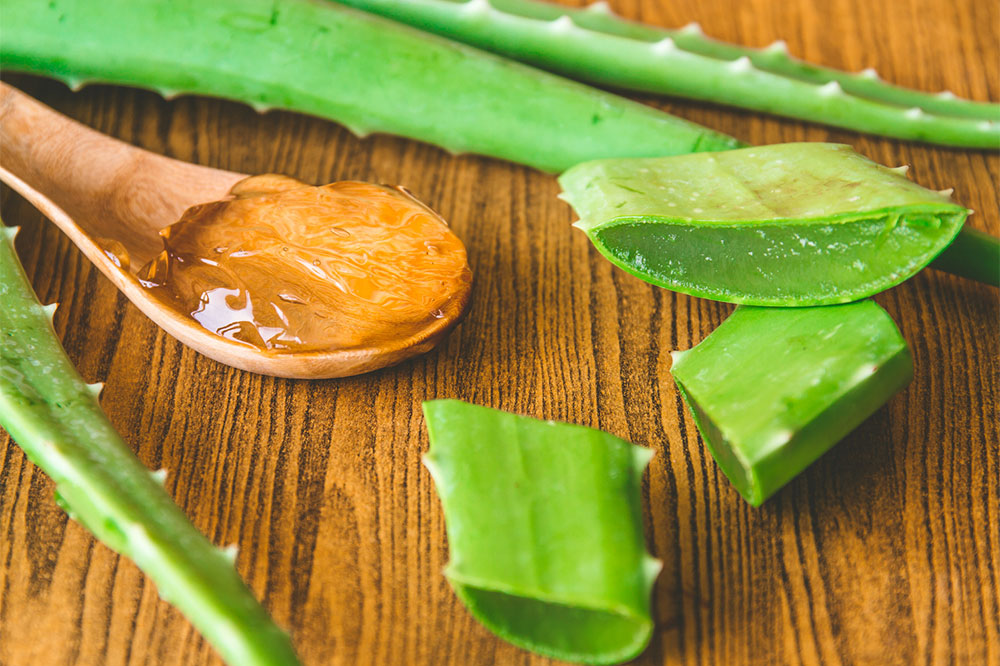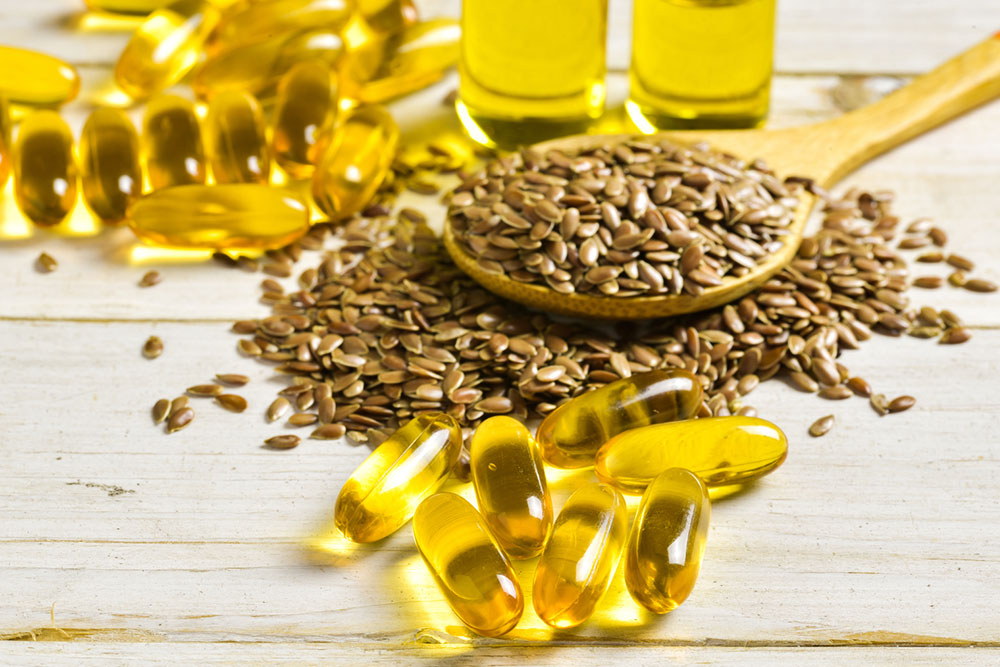Comprehensive Natural Strategies for Managing Rosacea Symptoms
Discover comprehensive natural remedies for managing rosacea effectively. This detailed guide outlines early recognition, daily skincare tips, and herbal treatments like cucumber masks, green tea compresses, and dietary adjustments. Learn how to soothe inflamed skin and reduce redness using natural ingredients, complemented by lifestyle changes to improve overall skin health. Ideal for those seeking non-pharmaceutical approaches, this article provides actionable steps to control rosacea flare-ups naturally and enjoy healthier skin.

Effective Natural Approaches to Control Rosacea
Rosacea is a common chronic skin condition that primarily affects adults, leading to significant discomfort and cosmetic concerns. Often misdiagnosed or misunderstood, rosacea manifests through persistent facial redness, visible blood vessels, and inflammatory bumps. While it’s sometimes called adult acne, rosacea differs in its presentation and causes, requiring tailored management strategies. Many individuals seek natural remedies to alleviate symptoms, especially since there is no definitive cure currently available.
Understanding rosacea involves recognizing its typical signs, identifying environmental or lifestyle triggers, and adopting appropriate skincare routines. Natural remedies can be highly effective when combined with good skin practices and lifestyle adjustments. This comprehensive guide explores natural approaches to managing rosacea and maintaining healthy skin.
Early detection of rosacea symptoms is crucial for effective management. Recognizing warning signs allows for timely intervention and minimizes flare-ups. Natural treatments are often aimed at reducing inflammation, calming irritated skin, and preventing trigger exposure. The following sections detail how to identify rosacea early and incorporate natural remedies into your skincare routine.
Identifying Rosacea: Symptoms and Triggers
Facial Flushing or Blushing:
Frequent episodes of flushing or blushing, especially on the cheeks, nose, forehead, or chin, can be initial signs of rosacea. These episodes often happen suddenly and may be triggered by heat, spicy foods, or emotional stress.
Persistent Redness:
Long-term redness that resembles a sunburn, particularly on the central face, is a hallmark of rosacea. Unlike temporary flushes, this redness tends to remain or recur often.
Visible Facial Blood Vessels:
Small, dilated blood vessels or spider veins become visible under the skin’s surface, particularly around the nose and cheeks.
Skin Texture and Bumps:
The skin may develop a rough, bumpy texture with small pimples, dryness, and patches of scaling. Over time, the skin around the nose, chin, or forehead can become thickened—a condition known as rhinophyma.
Eye Symptoms (Ocular Rosacea):
Eyes may become red, watery, itchy, or swollen. Eyelid inflammation can lead to discomfort and, if left untreated, may cause more serious eye complications such as corneal damage.
Natural Remedies to Manage Rosacea
Cucumber Masks:
Blend juiced cucumber and apply as a cooling mask for 15-20 minutes. Its anti-inflammatory and soothing properties help reduce redness and calm irritated skin. Regular application can improve overall skin comfort.
Green Tea Compresses:
Chilled green tea contains antioxidants that combat inflammation. Soaking soft cloths in green tea and applying them to affected areas can help diminish visible redness and soothe skin.
Diet with Anti-Inflammatory Food:
Incorporate organically grown fruits and vegetables rich in antioxidants, such as berries, leafy greens, and carrots. These foods supply vitamins and minerals that support skin health and reduce systemic inflammation.
Healthy Fat Intake:
Use nutrient-dense oils like extra virgin olive oil, coconut oil, and avocado. Add nuts, seeds such as flaxseeds and chia, which contain omega-3 fatty acids that help decrease inflammation and support skin repair.
Honey Applications:
Raw honey acts as a natural moisturizer and anti-inflammatory agent. Applying honey to affected areas for 15-20 minutes, then rinsing with lukewarm water, can soothe inflamed skin and promote healing.
Aloe Vera Gel:
Known for its healing and soothing properties, aloe vera reduces skin inflammation. Applying fresh aloe vera gel directly from the plant or a pure store-bought gel can provide relief during flare-ups.
Oatmeal Masks:
Oatmeal has calming and anti-itch properties. Mixing ground oatmeal with water to form a paste and applying it to sensitive, inflamed skin helps reduce redness and irritation.
Chamomile Tea Compresses:
Steep chamomile tea, chill it, and use the cooled tea bags as compresses on the skin. The anti-inflammatory compounds in chamomile help soothe irritated skin and calm redness.
Apple Cider Vinegar:
Consuming two tablespoons of raw, unfiltered apple cider vinegar diluted in a glass of water daily supports internal anti-inflammatory efforts. Alternatively, a diluted topical application can help reduce skin inflammation.
Adopting these natural remedies, along with lifestyle modifications such as avoiding known triggers like spicy foods, alcohol, extreme temperatures, and stress, can significantly improve rosacea symptoms. Proper hydration, gentle skincare routines, and consistent use of natural therapies play vital roles in managing this chronic condition effectively.





